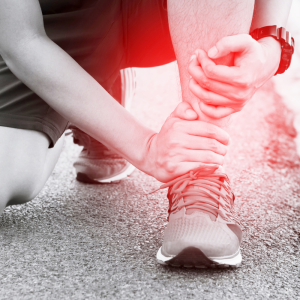Core stability is a concept that started more than 10 years ago with the belief that strengthening of core muscles such as the back and abdominal will help to build up a solid foundation to allow other muscle groups to work together and help to reduce the chances of one suffering from an injury, shorten rehabilitation time and increase sports performance levels. Core stability training as mentioned above targets the muscle groups which are connected to the spine, shoulder and pelvis. Weak abdominal muscles can lead to back pain and strong muscles will reduce back pain. The main message is that a stable and strong muscle will reduce back pain.
There are many benefits to core stability. A good core stability will help to increase performance levels and reduce the chances of suffering injuries. Good posture and strong muscles will ensure proper alignment of the spine and protection of the spine by taking all the impact acting on the spine. There are 4 main muscle groups involved in core stability namely the Transversus Abdominus, Multifidis, Diaphragm and Pelvic Floor. The Transversus Abdominus is the deepest abdominal muscle that is regarded as the corset of muscle that provides exceptional stability to the spine. With a strong muscle that provides support, the risk of back injury is significantly reduced. The Multifidis muscle is located at the side of the spine and the main function of it is to help in extension and flexion of the spine as well as keeping it in an upright position, reducing any back pain resulting from improper posture. The main function of the Diaphragm muscle is for breathing and when the Transversus Abdominus muscle contracts, the Diaphragm muscle will tighten to maintain pressure, providing stability to the spine. The Pelvic Floor muscle runs all the way from the pelvic to the bottom tip of the spine and it works hand in hand with the Transversus Abdominus muscle in providing stability to the spine.
All the 4 muscle groups involved in core stability help to ensure that the spine is in the most stable position and reducing the chances of injury. The muscles will contract before any limb movement and keep the core of the body firm during movement. Studies have shown that people who suffer from back pain do not have strong muscles and thus the core of the body is not firm during any body movement, exposing the spine to a higher risk of injury.







